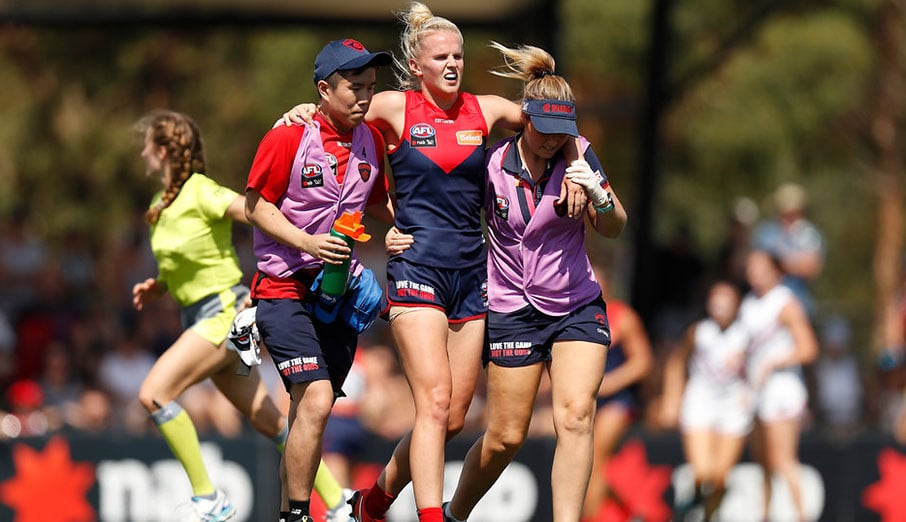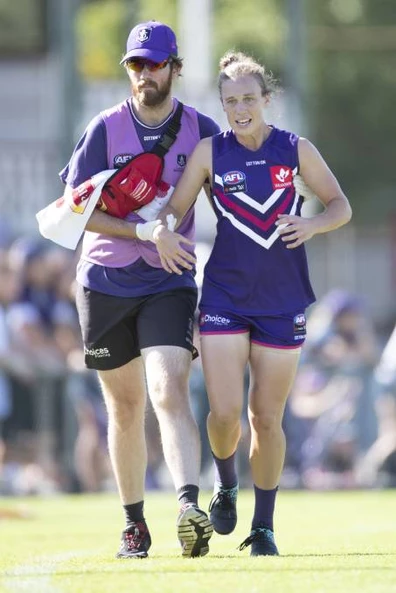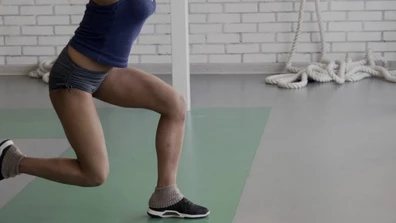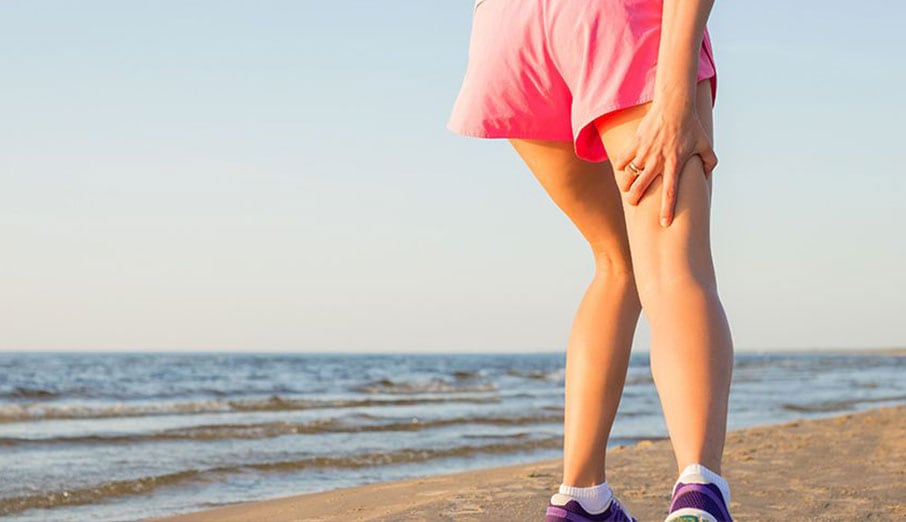ACL Injuries in Women’s Sport
April 5, 2019
Since the inception of the AFL Women’s (AFLW) competition it’s seen a high rate of ACL injuries. The injury report put out by the AFL following the 2018 season found that there were 6.47 ACL tears suffered per 1000 hours of playing time, compared with 0.7 ACL tears per 1000 hours of playing time in the men’s season the previous year.
While the rates of ACL injuries in AFLW are particularly high, other women’s sports involving running change of direction (eg basketball, netball, soccer, touch etc) have fairly high rates as well.
There are thought to be two main reasons for the higher rates of ACL injuries in the AFLW.
- Anatomical differences – female’s wider hips make for a greater angle at the knee between the femur (thigh bone) and tibia (shin bone). This places greater strain on the ACL and increases the risk of injury during change of direction exercises and landing from jumping.
- Sudden exposure to elite level sport – Many AFLW players have previously been high level athletes in other sports. Whereas these type of athletes in the men’s competition spend significant time in reserves and state levels, in the AFLW they have been put straight into the elite level of the competition. So too, many of the footballers were not able to continue to play during their teenage years.

What we can learn from this is that, seeing we can’t do anything about the anatomical differences that predispose females to ACL injuries, the importance of adequate preparation for the activity is of greater importance to females.
Knee injury prevention programs have been shown to be effective in reducing the rates of ACL injuries. These programs should include exercises to practice landing from jumping/hopping, and changing direction during running without allowing the knee to collapse inwards, as well as exercises which strengthen the glutes, hamstrings and quadriceps to improve the overall lower limb strength and stability.

-
 What Can Make Neck Pain a Headache?
What Can Make Neck Pain a Headache?
Often people experiencing a headache are also experiencing neck pain/tightness a...
-
 How Physio Can Help Your Headaches
How Physio Can Help Your Headaches
Headaches are no fun. Some people will only experience short-term headaches ever...
-
 Muscle Strains
Muscle Strains
Winter sports are back and with them come more muscle strains, particularly hams...
